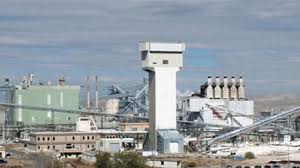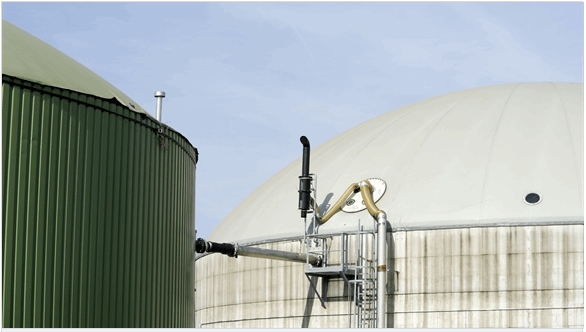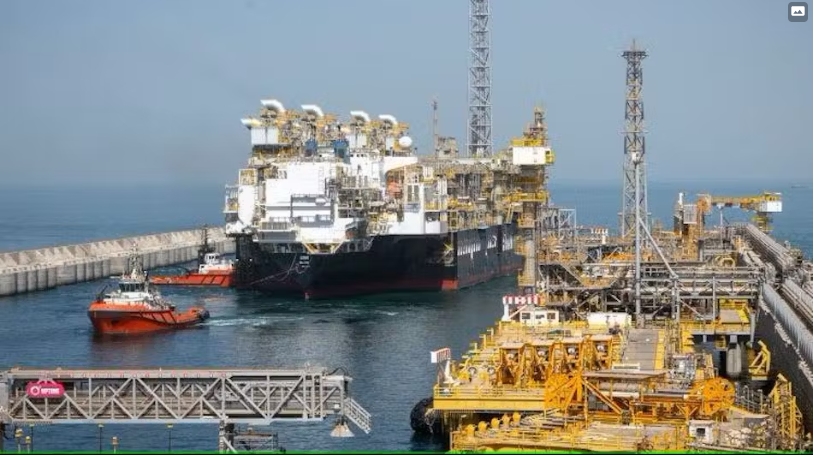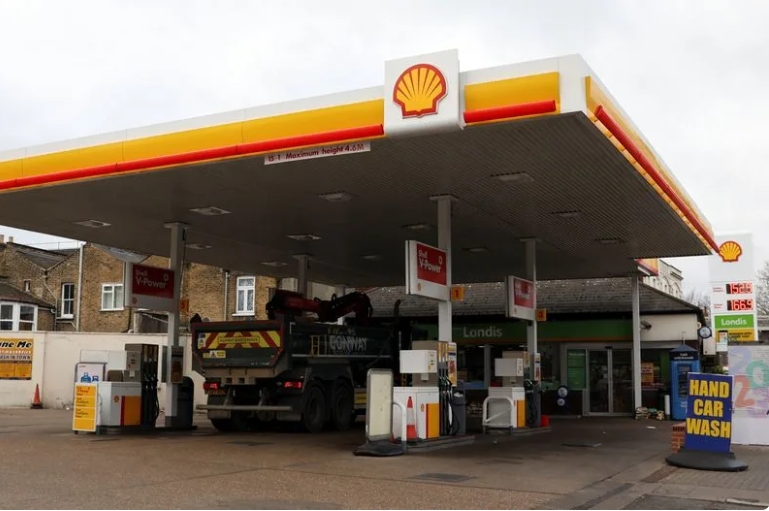
This follows a co-operation agreement signed in September 2023 with BWXT Advanced Technologies to investigate the feasibility of using BWXT’s BANR microreactor development for potential application to TCSAP’s energy needs, and to develop a preliminary business plan for the deployment and long-term operation of power and heat cogeneration sets at TCSAP’s facility in Wyoming.
According to a press release from Tata Chemicals, under the LOI, the two companies agree to expand that collaboration to include development of commercial terms and conditions to purchase microreactors from BWXT and establish a schedule to deploy them by the early 2030s. The collaboration would also expand to allow the two to determine the “techno-economic parameters” necessary to turn reactor purchase commitments into an energy purchase agreement
“This LOI is an incredibly positive step forward for the expanding nuclear sector in Wyoming,” said Rob Creager, executive director of the Wyoming Energy Authority (WEA). “As a long-time energy leader, it is crucial for us to continue to bring public-private investments like this to Wyoming. Supporting the trona industry while creating and extending the state’s portfolio of baseload power is a win for everyone.”
TCSAP has been mining and processing trona ore, a mineral that contains soda ash, at Green River since 1968. The Green River facility is located on the mile high prairies of southwestern Wyoming, home to the world’s largest reserves of trona ore (60bn tonnes extending over 1,000 square miles at depths of up to a third of a mile).
TCSAP’s Wyoming manufacturing facility consists of an underground trona mine and a surface refining plant that processes the ore into soda ash. The facility operates around the clock, seven days a week, 365 days per year.
In June, BWXT was awarded the second phase of a contract with WEA to assess the viability of deploying small-scale nuclear reactors in the state. The total value of the cost-share programme is approximately $20m, and phase two of the programme is expected to be complete by the third quarter of 2025.
To support the programme, BWXT is leveraging US Department of Energy (DOE) Advanced Reactor Demonstration Program (ARDP) achievements through the company’s collaboration with Idaho National Laboratory (INL) as well as internal BWXT research and development investments. Through ARDP, BWXT and DOE have been developing the BWXT Advanced Nuclear Reactor (BANR) microreactor since 2021. INL has been providing strategic and technical support to the State of Wyoming under a memorandum of understanding signed in 2022.
In April, L&H Industrial and BWXT Advanced Technologies signed a Joint Development Agreement aimed at deploying microreactors to provide heat and power for industrial users. This collaborative effort will focus on the development and potential deployment of BANR in cogeneration sets starting with Wyoming and neighbouring states.
According to the BWXT website, the BANR project “is developing a modular, factory-fabricated system that is small and light enough to be transported via rail, ship or truck and that can deliver 50 MW of thermal nuclear reactor power”. It employs “mature and manufacturable high-temperature gas reactor (HTGR) technology with inherent safety features and a high working fluid temperature”. It offers flexible options for energy output – including electricity, steam for process heat, or both (cogeneration) while minimising greenhouse gas emissions.







